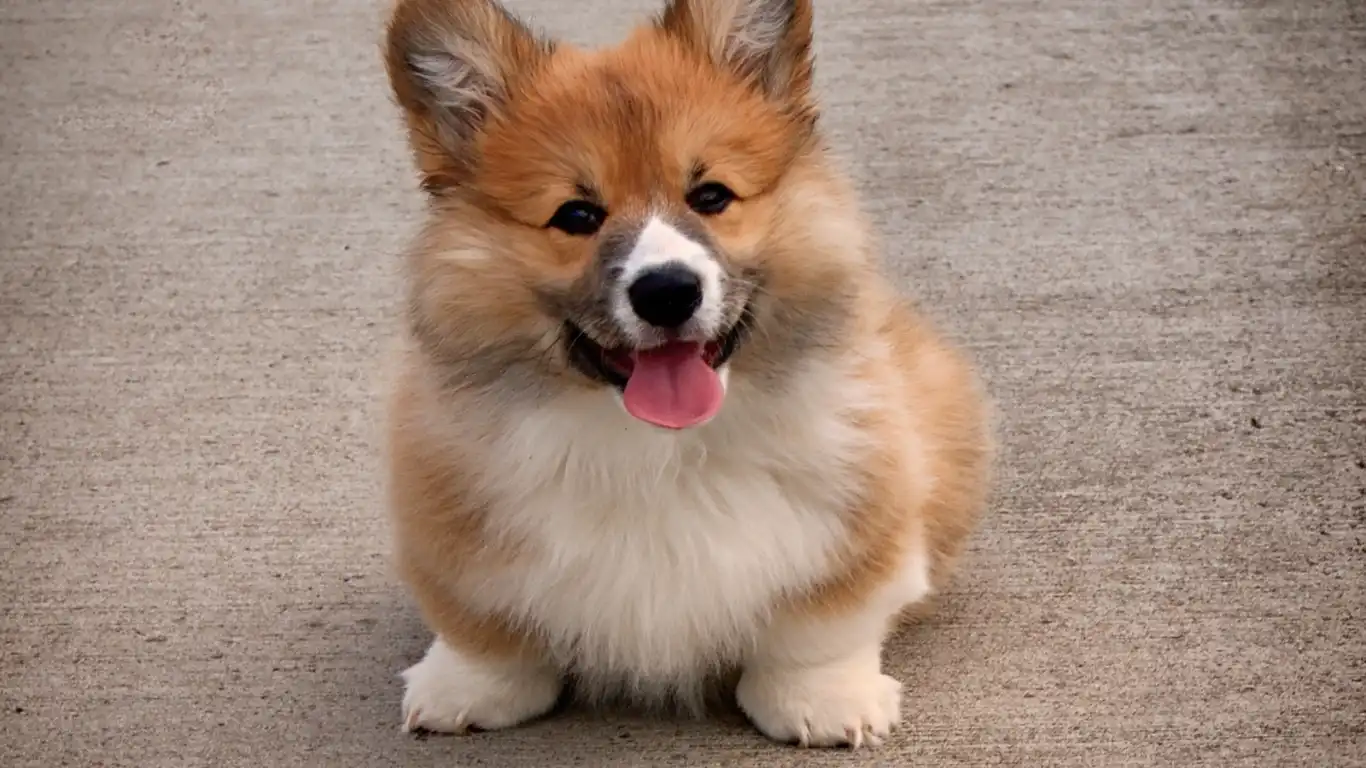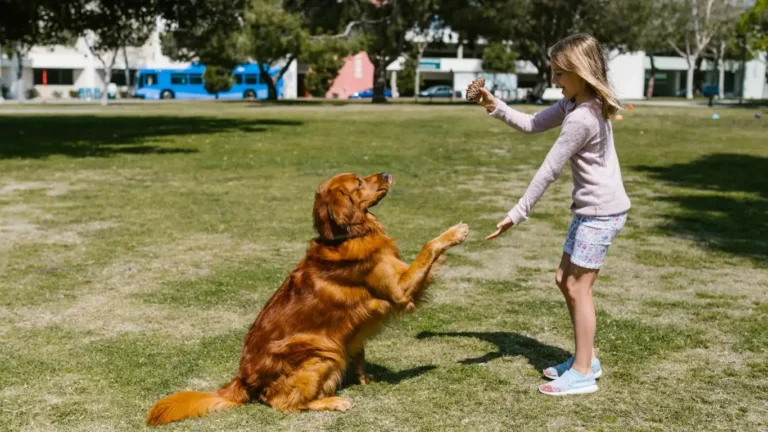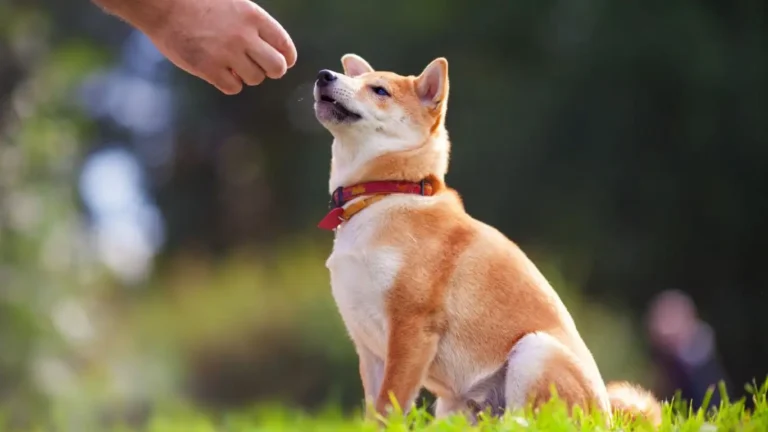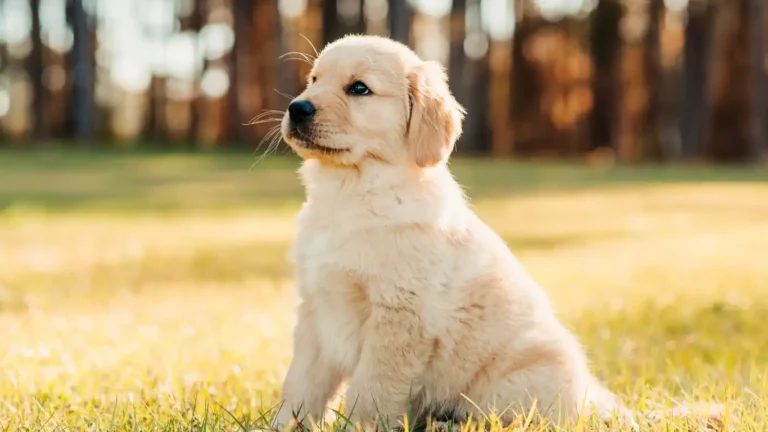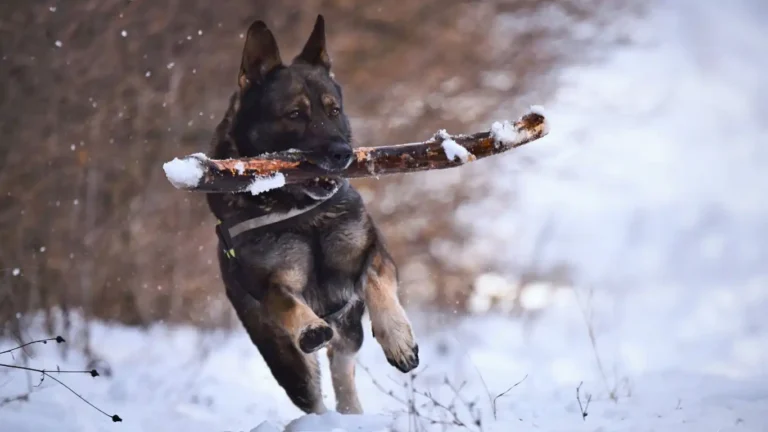How to Introduce a Dog to a New Baby: Stress-Free, Heartwarming Tips
If you’re wondering how to introduce a dog to a new baby, you’re not alone. As a Veterinary Technician with a special focus on nutrition and years of hands-on experience in both clinics and homes, I’ve had countless conversations with anxious pet parents facing this exact situation. It’s a major life transition, not just for you, but for your pup too. I’ve seen sweet, gentle dogs turn anxious or withdrawn simply because they weren’t prepared for the sudden change—and honestly, that’s totally understandable. Your dog’s whole world is about to shift, and helping them adjust is key to a peaceful, happy home for everyone.
Why Dogs React the Way They Do
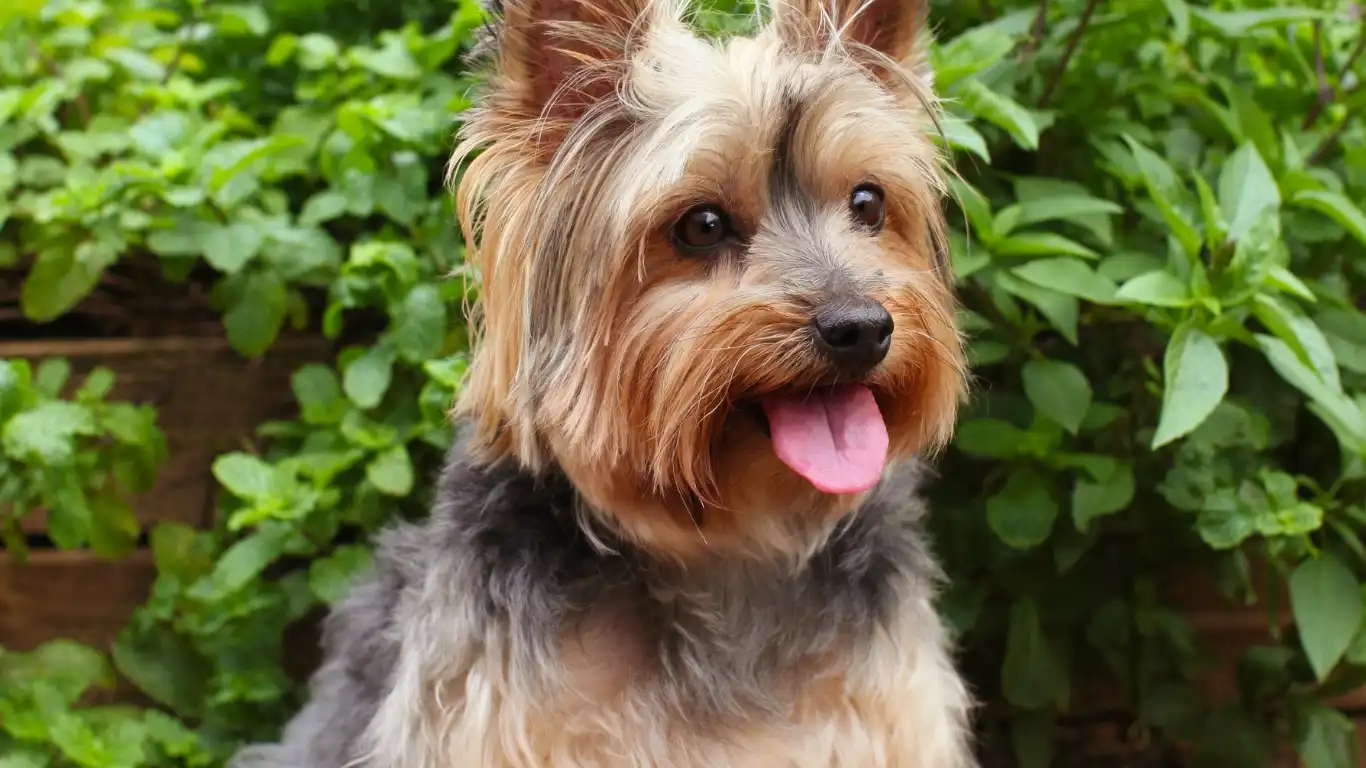
Let’s talk canine psychology for a sec. Dogs thrive on routine and predictability. When a new baby arrives, that routine goes out the window—suddenly there are strange smells, unpredictable sounds (hello, 2 a.m. crying fits), and new boundaries being set. It can be disorienting, especially for dogs that have been the “only child” for years. I once worked with a Golden Retriever named Molly who literally sulked for two weeks after her humans brought home their newborn. It wasn’t that she didn’t like the baby—she just didn’t understand her new role yet.
Understanding Your Dog’s Personality
This part is huge. You’ve got to tailor your approach to your dog’s temperament. Is your pup super energetic and excitable? A bit skittish around loud noises? Maybe a little jealous when they’re not the center of attention? Knowing this ahead of time can help you build a game plan that works for *your* household—not just some one-size-fits-all advice.
- High-energy dogs: May need extra exercise before baby comes home to burn off steam.
- Shy or anxious dogs: Could benefit from slow exposure to baby sounds and smells.
- Protective or territorial breeds: Might need clear leadership to avoid resource guarding or overprotection.
Start Preparing Before Baby Arrives
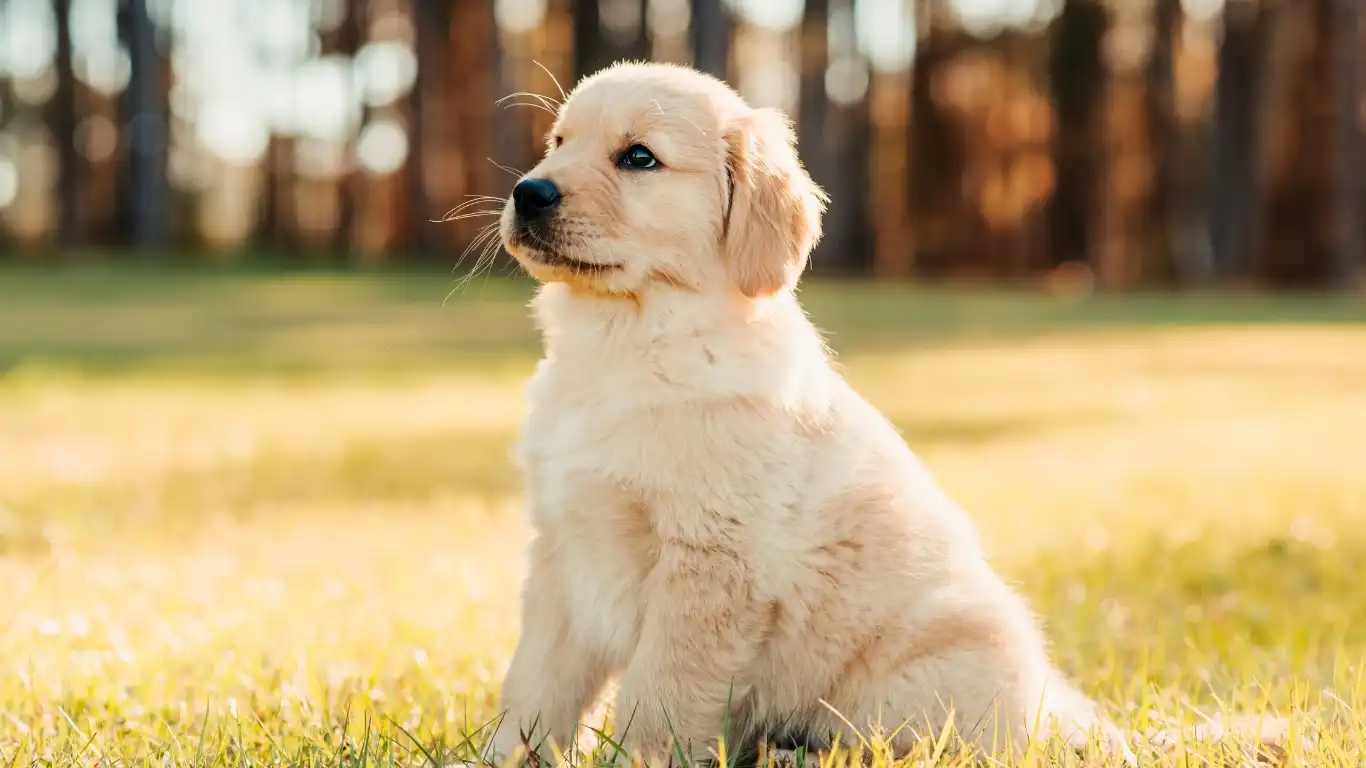
Here’s the deal: preparation doesn’t start when the baby is born—it starts months before. Trust me, I’ve helped dozens of clients prepare their homes and pets for this transition, and the ones who plan ahead always have a smoother time. So what can you do *right now*?
Get Your Dog Used to Baby-Related Changes Early
This includes everything from setting up the nursery to adjusting walking schedules. Try playing recordings of baby cries at a low volume while offering treats or affection, so your dog learns to associate the sounds with positive experiences. I did this with my own dog using a Bluetooth speaker and some peanut butter—worked like a charm.
- Start by introducing baby gear gradually: strollers, swings, high chairs.
- Let your dog sniff and explore these items with supervision.
- Use treats and calm praise to build positive associations.
Establish Boundaries Now, Not Later
If there are rooms that’ll be off-limits (like the nursery), start enforcing those rules early. It’s way easier to train a behavior before emotions are high and your hands are full. Use baby gates if needed. A lot of my clients have success using crate training or place commands to give their dog a “safe zone.” Dogs actually appreciate knowing where their space is.
Introducing New Scents and Sounds
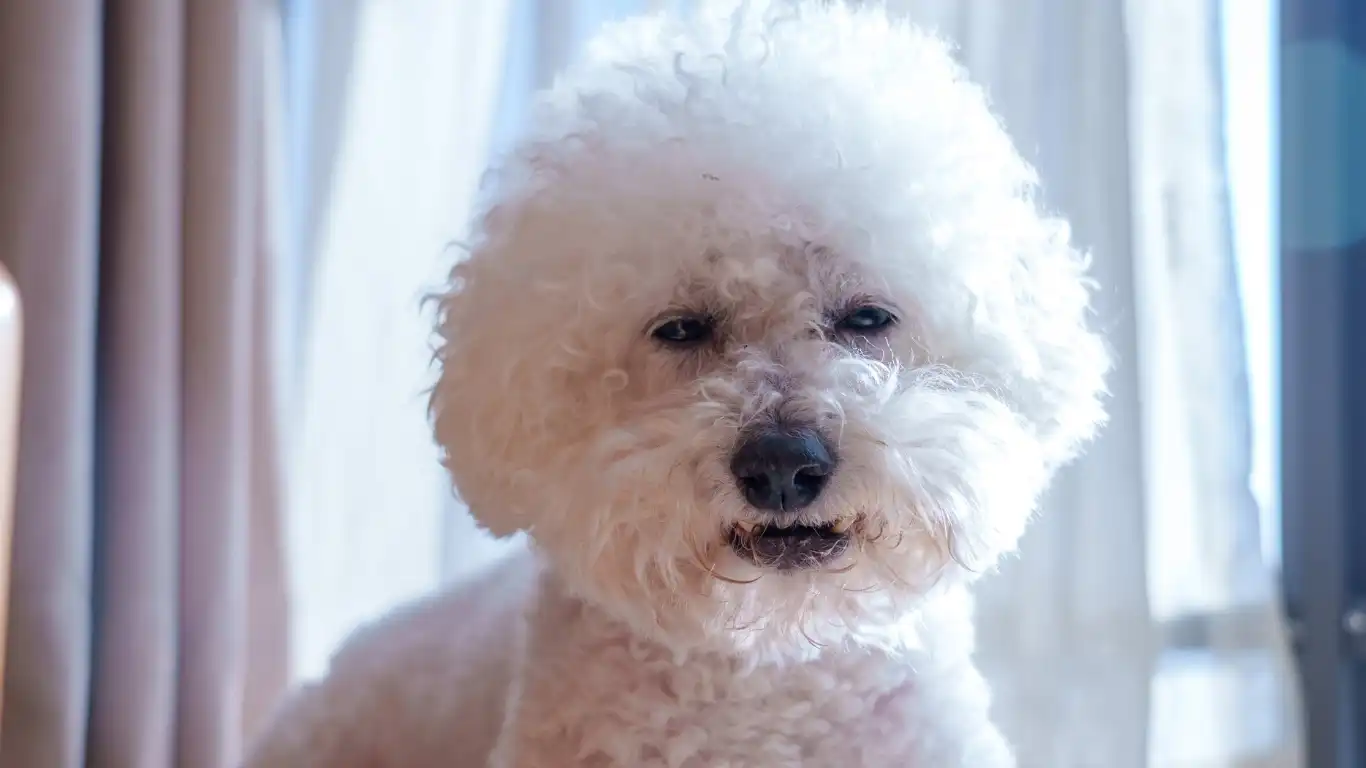
Dogs rely heavily on their sense of smell, so you can use that to your advantage. Before the baby even comes home, let your dog sniff a blanket or onesie with your baby’s scent on it. A client once told me she had her husband bring home one of their baby’s hospital hats so their dog could get familiar with the scent while she was still in the hospital—it really helped ease the transition.
Use Calm, Controlled Introductions
Don’t just toss the blanket and walk away—make the scent introduction part of a calm, positive routine. Sit with your dog, give gentle praise, maybe a treat or two, and allow them to investigate at their own pace. You’re building a memory here: “This new smell? It’s safe. It means good things.”
Sound is just as important. Newborns make all kinds of little noises that dogs aren’t used to—cooing, hiccups, cries, even sneezes can startle a dog who’s never heard them before. Play audio clips or YouTube baby sounds during quiet moments at home, and keep the volume low at first. Increase gradually over a few days. It might seem silly, but this kind of gradual exposure really works.
Consider Enrichment to Curb Anxiety
One of my go-to suggestions for pet parents is to introduce interactive feeding toys and puzzle games before baby arrives. Why? Because it gives your dog a job to do and helps prevent boredom-related behavior issues once your attention is more focused on the baby. My personal favorites include the classic Kong stuffed with frozen wet food or lick mats with some dog-safe peanut butter. Trust me, these little tools can be lifesavers during those first few hectic weeks.
First Meeting: Introducing Your Dog to the New Baby
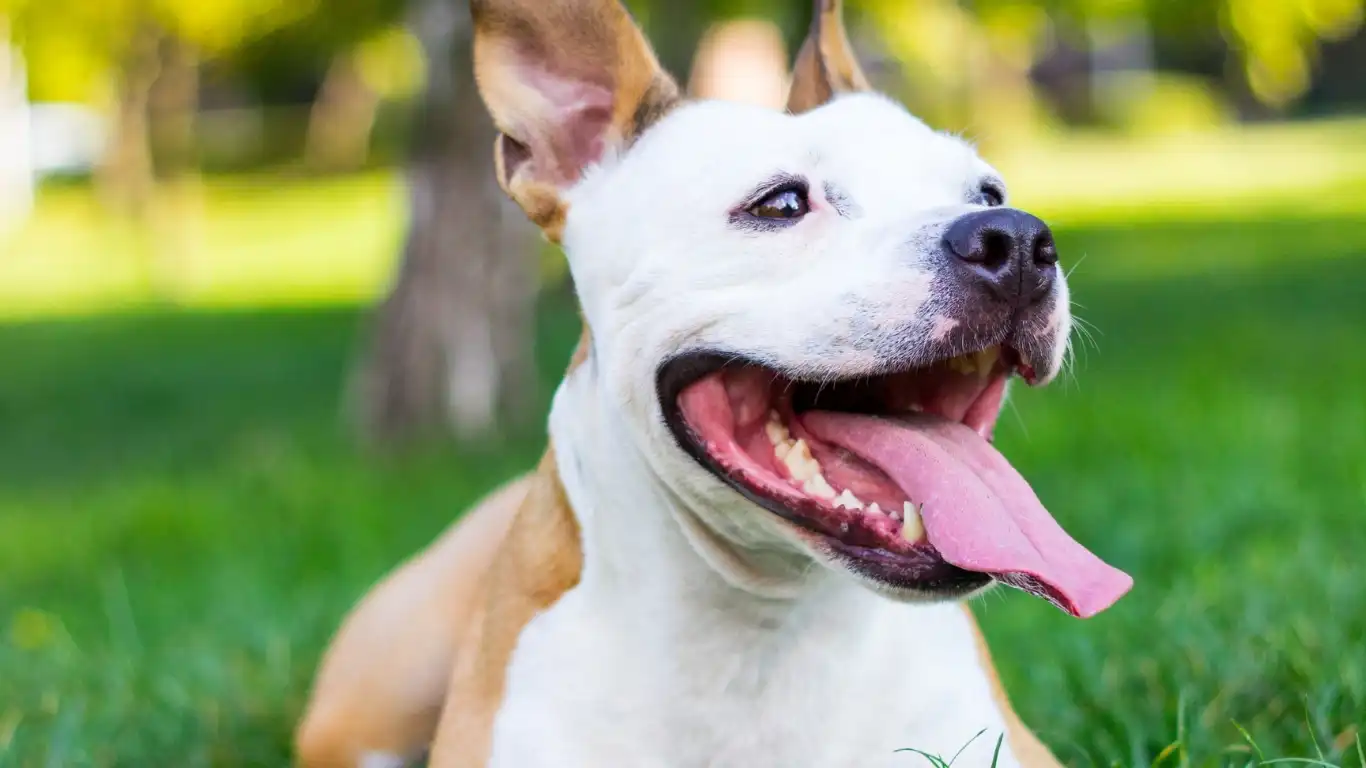
Okay, so the big day has arrived—baby is finally home. Now what? Here’s the part a lot of new parents overthink, and understandably so. But the trick is to keep it calm and low-key. You don’t want a chaotic, emotional introduction. Your dog will feed off your energy, so the more relaxed you are, the smoother this will go.
When I helped one of my clients introduce their Labrador to their newborn, we actually did a short walk around the block first, letting the dog get out that initial excitement. When we came inside, the baby was already settled in the living room. Mom sat calmly on the couch, holding baby, and we allowed the dog to approach slowly—on leash, just in case. No big announcements, no loud baby talk. Just a chill vibe. And guess what? It worked beautifully.
Steps to a Positive First Encounter
- Have someone else hold the leash. You want your hands free to hold and comfort the baby.
- Stay seated and calm. Avoid towering over your dog or making sudden moves.
- Let your dog approach slowly. Sniffing is natural—just monitor for tension or overstimulation.
- Offer calm praise or a treat. Reward relaxed, curious behavior—not jumping or barking.
Don’t rush it. If your dog needs more time, that’s totally okay. It’s not about forcing affection—it’s about building trust.
Establishing New Routines
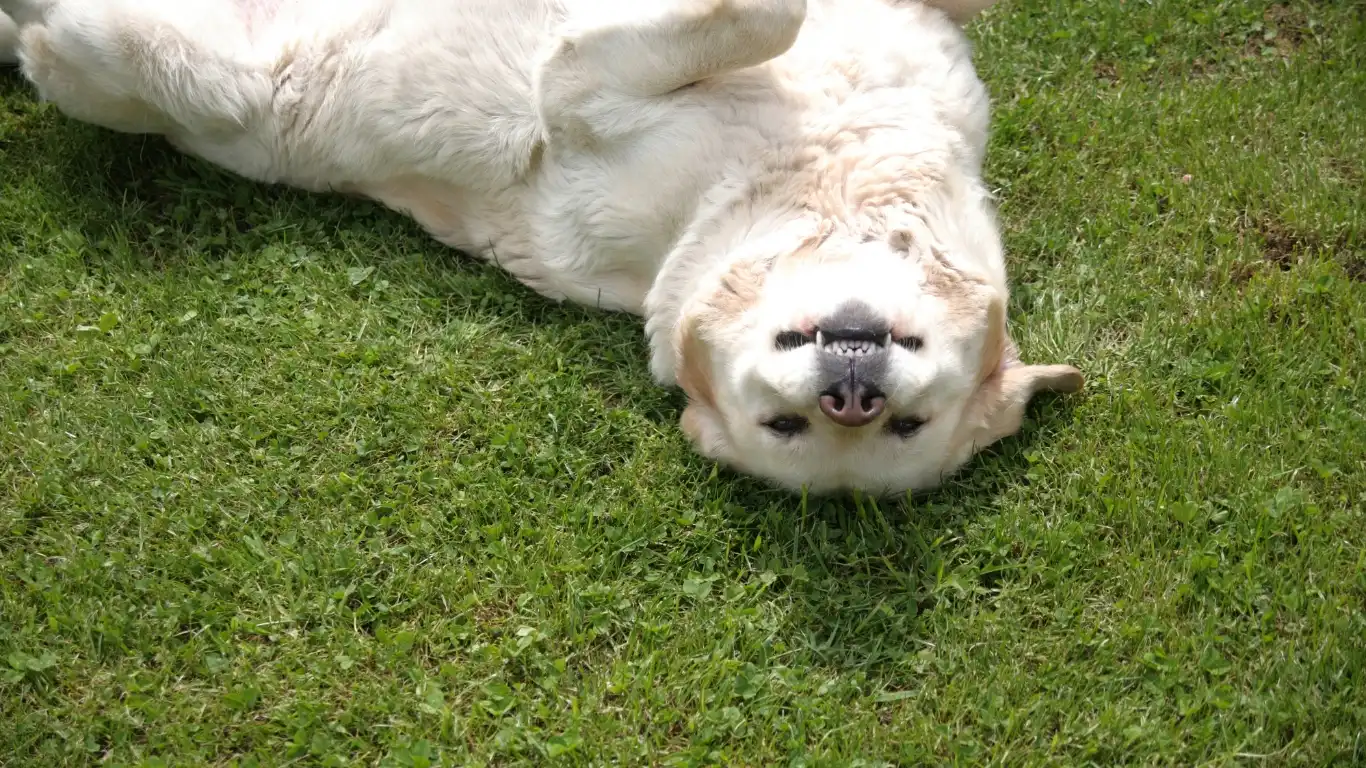
Dogs love structure. When that baby comes home and everything feels unpredictable, your pup might feel like the rug’s been pulled out from under them. The best way to ease their stress? Create new routines that include them. Even if you’re sleep-deprived (and let’s be real—you will be), try to keep feeding times and potty breaks consistent.
What I always tell new parents is this: your dog doesn’t need constant attention, they just need predictable attention. Even 10 minutes of quality time a couple times a day goes a long way. That could mean a walk with the stroller in the morning or some cuddle time during a nap window. I had one client whose Boxer actually started following the baby’s nap schedule—when the baby went down, so did the dog. Adorable and efficient.
Include Your Dog in Family Activities
It’s easy to accidentally push your dog to the sidelines once the baby arrives. But they’re still part of the family, and they need to feel that. Let them hang out in the nursery while you feed or change the baby. Talk to them like you used to. Even toss them a treat during diaper duty—yep, multitasking at its finest.
- Walk your dog with the stroller to build new positive habits.
- Let them sit beside you during bottle or nursing time.
- Use commands like “sit” and “stay” during baby routines to reinforce training.
It’s these little, consistent moments that keep your dog from feeling neglected or confused. Trust me—this is one of those areas where small efforts make a big difference.
Handling Jealousy or Behavior Changes
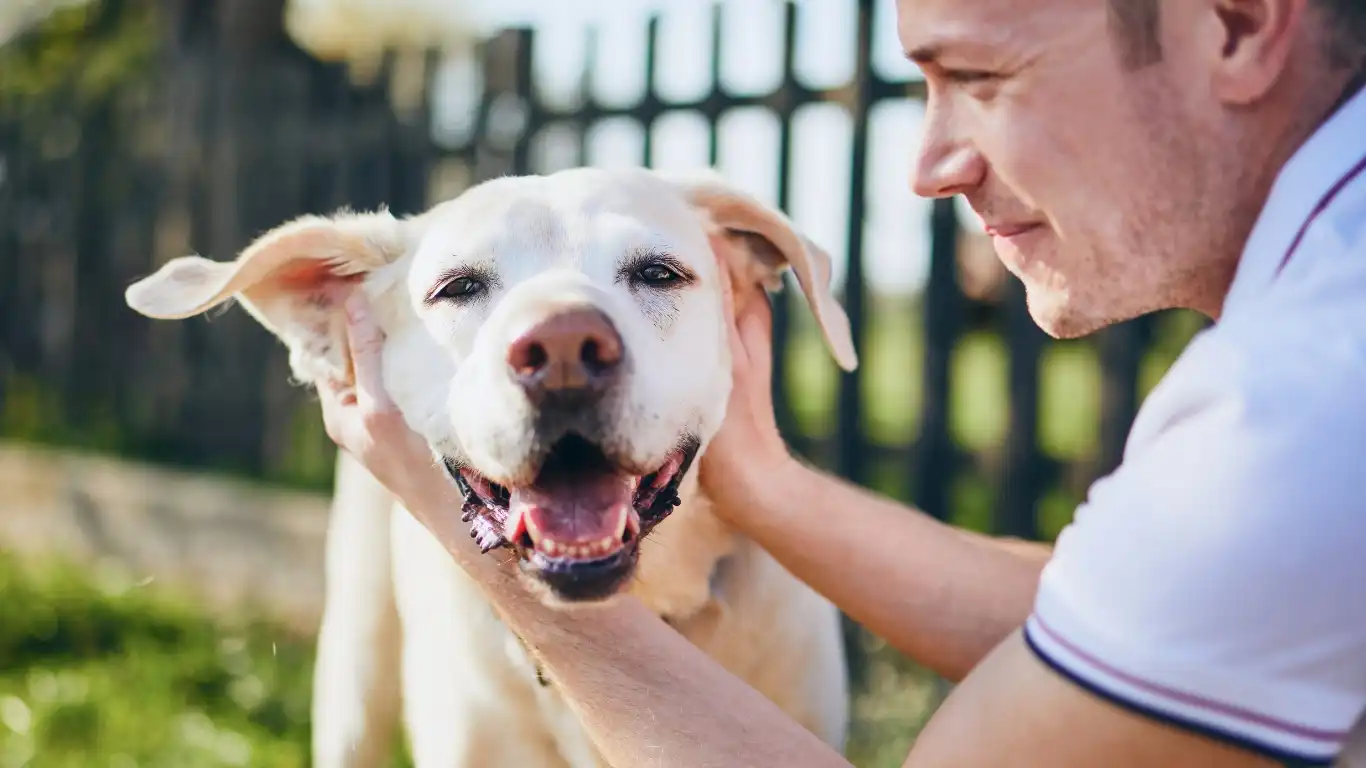
This one’s a biggie. Even the best-behaved dogs can act out if they feel ignored or anxious. I’ve seen it firsthand—a sweet little spaniel who started chewing furniture out of the blue just a week after the baby came home. The family was heartbroken because they thought she was “mad at them.” But nope—it was just stress and confusion.
If your dog starts acting out, don’t jump straight to punishment. Think of it as a signal. Something’s off, and they need your help. Here’s how you can support them:
Redirection Over Discipline
If your dog’s barking excessively, chewing, or having accidents, try redirecting rather than scolding. Give them a safe chew toy. Set up a cozy corner where they can retreat. Offer mental stimulation with treat puzzles or training games. One of my favorite tricks? A frozen Kong with dog-safe yogurt and banana—it keeps them busy and happy for a solid 30 minutes.
Watch for Stress Signals
Dogs rarely act out “just because.” Watch for subtle cues like yawning, lip licking, avoiding eye contact, or even pacing. These are signs they’re overwhelmed. Address it early—whether that means creating a quiet space for them, or scheduling a visit with a vet or behaviorist if things don’t improve.
Positive Reinforcement is Your Best Friend
Celebrate good behavior. Give extra love when they sit calmly next to the baby, or when they obey commands around new distractions. I used to keep a treat pouch on me in those early weeks with my niece—it made rewarding my dog on the fly super easy, and the difference in her behavior was incredible. She learned fast that baby = good things.
And remember: this is a learning curve for *everyone* in the house. Your dog is trying to figure it all out just like you are. Be patient, be consistent, and keep that bond strong.
Long-Term Harmony: Growing Together Through Baby’s Milestones

As your baby grows, your dog’s relationship with them will evolve too. What started as cautious curiosity might turn into full-on friendship—or at least a peaceful coexistence. But it’s not automatic. It takes a bit of intentional effort to keep things running smoothly through every new stage, from rolling over to toddling around with a juice box.
One of the most memorable cases I worked with was a client whose Australian Shepherd was initially unsure about the baby. But by the time the little one was crawling, they were best buddies—napping in sunbeams together and even sharing toys (we had to supervise that one closely, of course!).
As Baby Gets Mobile… Supervision Is Key
When babies start moving—crawling, grabbing, wobbling on their chubby little legs—dogs can feel overwhelmed. A curious toddler poking eyes or pulling tails isn’t fun for anyone. That’s why supervised interaction is non-negotiable. Even the gentlest dog has limits, and it’s our job to prevent uncomfortable situations before they escalate.
- Never leave your baby and dog alone together unattended. Not even for a minute.
- Teach baby-safe behavior. Encourage gentle touches and discourage pulling on fur or ears.
- Watch your dog’s body language. Growling, turning away, yawning, or lip licking can mean they need a break.
In my experience, the more you respect your dog’s signals, the more they’ll trust the situation—and you. I always say: we’re not just training dogs; we’re raising emotionally aware families.
Teaching Respect—On Both Ends
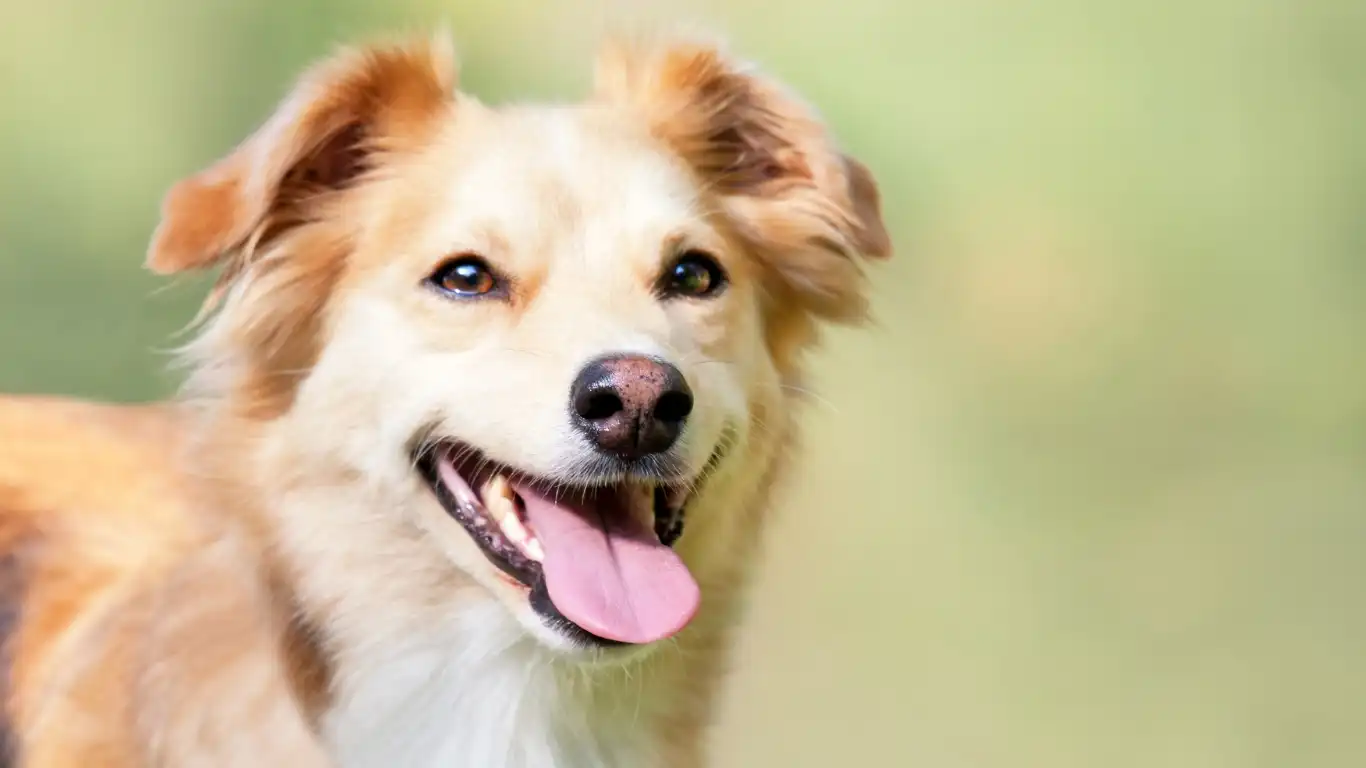
As the baby becomes a toddler, it’s the perfect time to start instilling basic pet etiquette. Yes, even little ones can learn how to treat a dog with kindness and respect. I’ve seen 18-month-olds gently hand a treat or pat a pup on the back, all because their parents modeled respectful behavior.
It goes both ways, though. Your dog also needs to know their boundaries and how to behave calmly around a tiny human who moves unpredictably. Here’s what I recommend to my clients during this stage:
- Reinforce calm behaviors around the child. Praise and reward when your dog stays relaxed, even with a giggling toddler close by.
- Set up safe zones. Create an area where your dog can retreat if the noise or chaos becomes too much—think crate, dog bed, or a quiet room.
- Practice regular short training sessions. Even just five minutes a day keeps your dog mentally stimulated and reinforces good manners.
I’ve seen how just a little consistent effort here makes a world of difference. The earlier and more consistently you model those boundaries for both your child and your pup, the smoother things go.
What If Things Aren’t Going Smoothly?
Let’s be real—it doesn’t always click right away. Some dogs don’t adapt easily, and that’s not a failure on your part. It’s just part of their individual personality or past experiences. I always remind my clients: behavior issues aren’t moral failings, they’re communication problems waiting to be decoded.
If your dog seems anxious, reactive, or just doesn’t seem to be adjusting well to life with a baby, don’t wait it out. Seek help early. A certified trainer or a veterinary behaviorist can make a world of difference.
Resources like PetMD and the AKC have great articles on behavior, and organizations like NIH even explore pet-human bonds and health benefits—use that knowledge to empower your parenting and pet-care strategy.
Signs You Might Need Professional Support:
- Your dog growls or shows teeth around the baby.
- Excessive hiding, panting, or restlessness that doesn’t subside after a few weeks.
- Resource guarding of toys, food, or space—especially near the child.
There’s no shame in calling in reinforcements. I’ve worked side-by-side with trainers and behaviorists on dozens of cases, and the outcomes are almost always better when there’s a team approach. You don’t have to figure this out alone.
Final Thoughts: Lifelong Companionship Starts with the Right Introduction
If you’ve made it this far, you’re clearly committed to doing right by both your baby and your dog—and that’s amazing. Introducing a dog to a new baby isn’t a one-and-done moment. It’s a gradual, evolving journey where trust is built step by step, moment by moment. It’s messy, beautiful, and sometimes a little chaotic (like everything in parenting, honestly). But with patience, a solid plan, and a little expert insight, it absolutely can work.
I’ve seen the results firsthand—dogs becoming protectors, playmates, even emotional anchors for kids as they grow up. And it all starts with how to introduce a dog to a new baby the right way: calmly, intentionally, and with a whole lot of love.
Cheers to growing your family—fur, feet, and all.
References
Disclaimer
This article is for informational purposes only and is not a substitute for professional veterinary or medical advice. Always consult with your veterinarian or a certified behaviorist when making decisions regarding your pet’s health or behavior.
